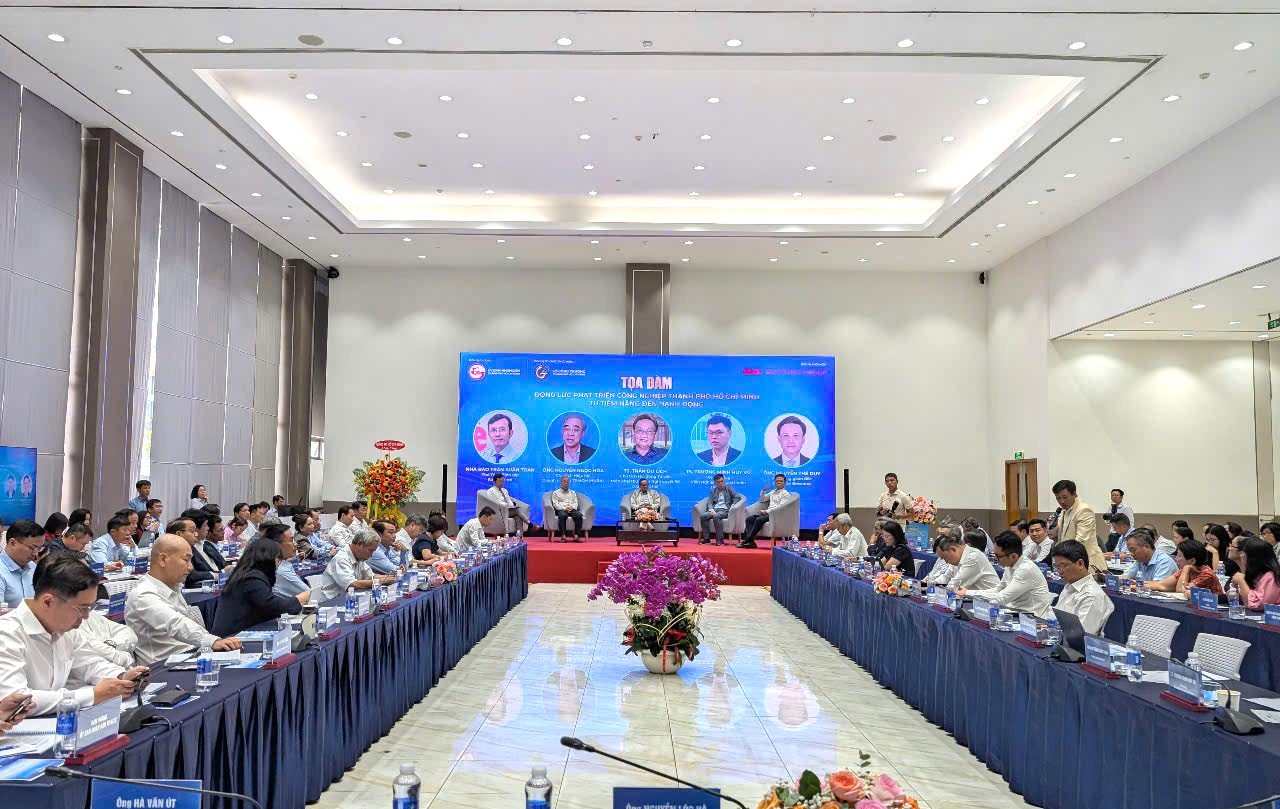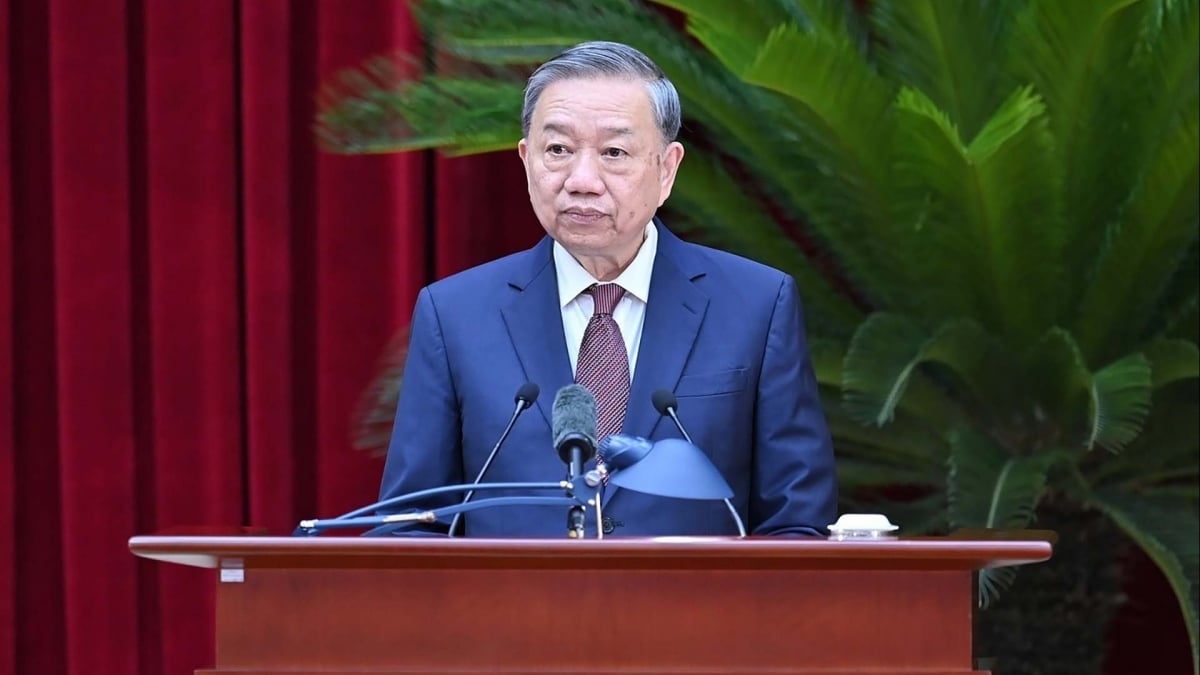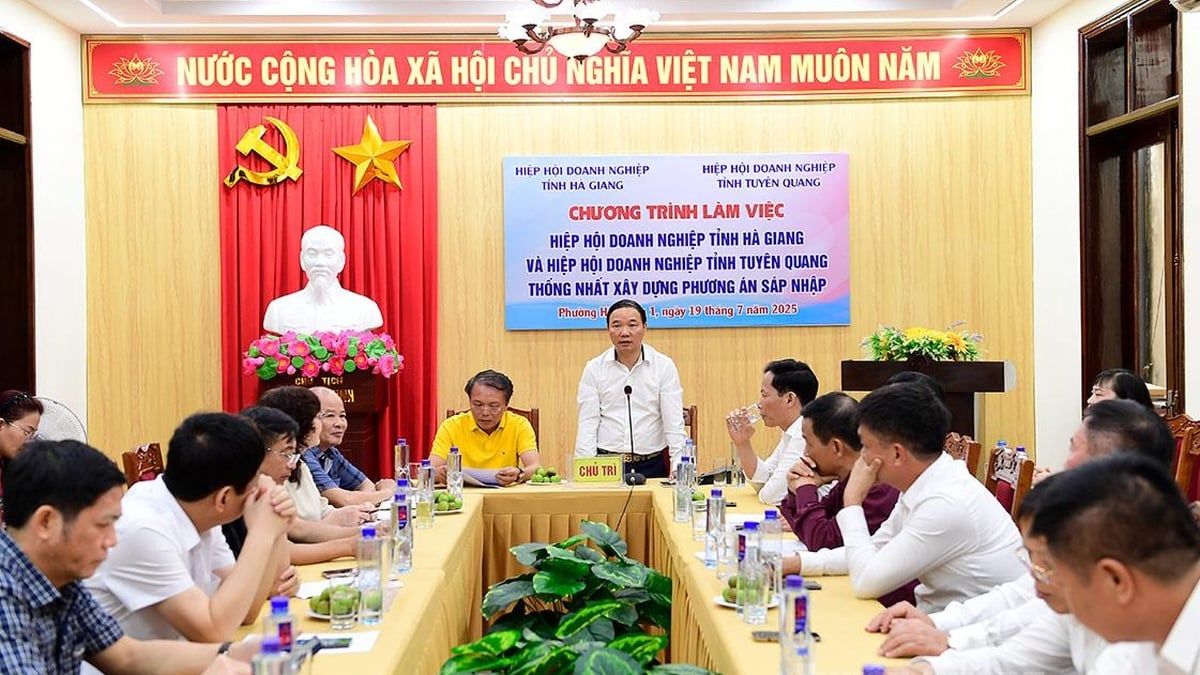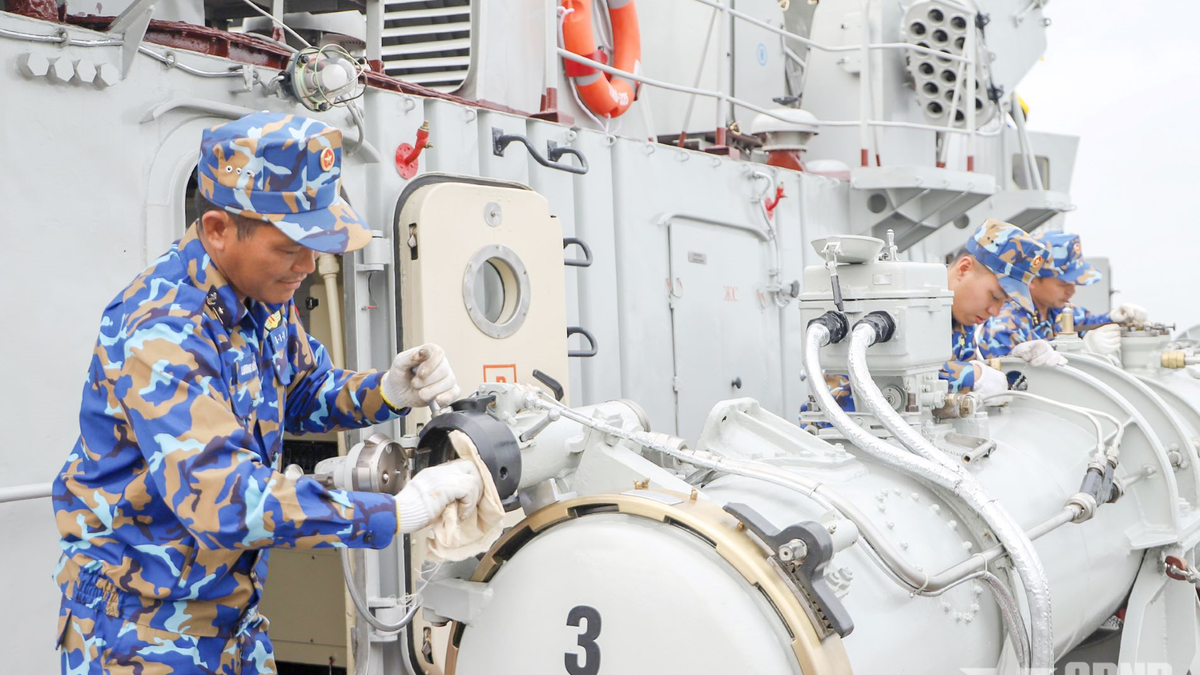At the seminar "Driving force for industrial development in Ho Chi Minh City - from potential to action" on July 17, experts emphasized that industrial development must be associated with growth model innovation, selective investment and in-depth technological transformation.
Mr. Do Thien Anh Tuan - Fulbright School of Public Policy and Management assessed that the expanded Ho Chi Minh City has special advantages in terms of infrastructure, logistics, technical human resources and training network. However, the city still faces challenges. That is, the industry develops in breadth, lacks technological depth, and has not clearly formed fundamental industries and core technological capabilities.
Mr. Tuan proposed that Ho Chi Minh City should shift to selective investment attraction, prioritizing high-tech, environmentally friendly projects with the ability to link with domestic enterprises; at the same time, develop digital infrastructure, green industry, supporting industry and improve localization capacity.
Mr. Truong Minh Huy Vu - Director of the Ho Chi Minh City Institute for Development Studies, said: After the merger, the scale of Ho Chi Minh City's industrial sector accounts for more than 25.5% of the national industrial value and more than 34% of the city's GRDP. Industry continues to play a key role in the economic structure, especially when neighboring provinces such as Binh Duong and Ba Ria - Vung Tau before the merger also had strong industrial contributions and could integrate regional advantages.

Experts discuss ways to develop Ho Chi Minh City's industry after the merger.
From the business community, Ms. Ly Kim Chi - President of the Ho Chi Minh City Food and Foodstuff Association said that the city needs to soon issue a comprehensive strategy for industrial development until 2040, clearly defining the role of the food processing industry in economic security and export.
Ms. Chi recommends planning food industrial parks in areas with clean land funds, industry-standard wastewater treatment infrastructure, and convenient connections to raw material areas. At the same time, old urban areas should prioritize R&D centers, innovation centers, independent testing labs, and high-quality training facilities to upgrade the entire food industry value chain.
Dr. Nguyen Thanh Trong - from Eastern International University, commented that with the expansion of urban space, Ho Chi Minh City needs to develop industry in a multi-center direction, connect regions and locate key, high-tech, high-value-added industry clusters.
"The city should conduct a survey of the current situation and potential of industries to build a long-term development strategy, synchronizing key industries and supporting industries. This will be the foundation for businesses to define their position in the global value chain and participate more deeply in the international production network," Dr. Nguyen Thanh Trong proposed.
The expanded Ho Chi Minh City needs to shift from quantitative growth to qualitative industrial development – with a clear strategy, selectively attracting investment, supporting businesses to upgrade technology, and building a multifunctional industrial ecosystem that connects the region. This is the time for the city to not only be an industrial center, but also a place to launch new momentum for the national economy.
Source: https://doanhnghiepvn.vn/tin-tuc/tp-ho-chi-minh-giai-bai-toan-phat-trien-cong-nghiep-sau-sap-nhap/20250717052754913



































































































Comment (0)